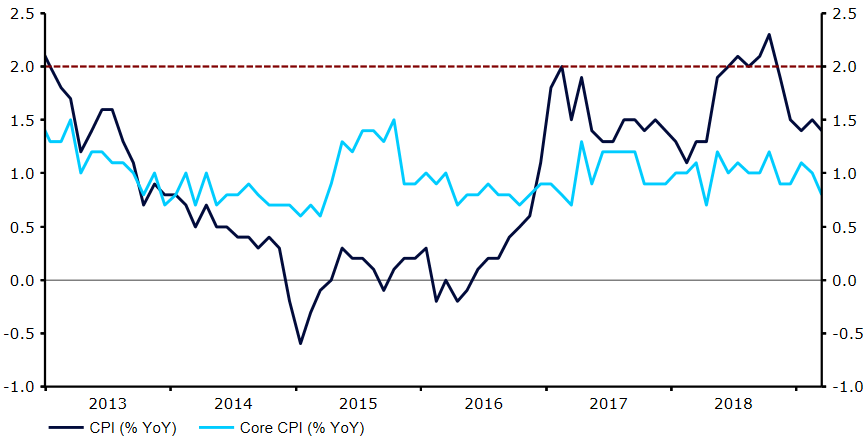Euro jumps to near one-month high on strong China data
- Go back to blog home
- Latest
Some better-than-expected GDP growth numbers out of China helped restore confidence in the global economy on Wednesday, causing investors to dump the safe-havens and favour riskier currencies.
One of the main beneficiaries of the positive news out of China was the Australian Dollar. This is unsurprising given the Australian economy’s heavy reliance on export demand from Asia’s largest economy. AUD rose to its strongest position in two months, offsetting the losses the currency suffered following a dovish set of meeting minutes from the Reserve Bank of Australia on Tuesday.
ECB members flag concerns over growth pickup
The EUR/USD rate rose fairly sharply off the back of the China data, driving back through the 1.13 mark to its highest level in almost a month. A report released earlier on Tuesday had kept the common currency on the back foot during London trading yesterday. The report cited ECB sources as saying some members on the European Central Bank’s rate-setting committee expressed doubt that a recovery in the Eurozone economy would actually take place in the second half of this year, in line with the bank’s official rhetoric. That being said, only a ‘significant minority’ expressed such concerns according to the report, and thus the Euro was able to quickly reverse its losses.
On the data front, this morning’s Euro-area inflation numbers came in unrevised from the initial estimate (Figure 1) and we saw very little reaction in the common currency. Tomorrow’s PMIs will likely take on much more significance.
Figure 1: Eurozone Inflation Rate (2013 – 2019)
UK inflation, retail prices miss expectations
Sterling edged lower against its peers yesterday, spending much of trading so far this morning teetering just above the 1.30 level against the US Dollar.
Yesterday’s labour report provided little assistance to the UK economy, despite showing that unemployment fell in actual terms in the three months to February. This morning’s inflation and retail sales numbers were, however, a disappointment. Retail prices were flat month-on-month in March, while the main measure of inflation came in unchanged at 1.9% after economists’ had eyed a modest increase.
All in all, recent data continues to suggest that the Bank of England will be in no rush to alter policy and can afford to wait until after Brexit is sorted before even beginning to discuss its next rate move.


